It’s unfortunate, but we can’t buy our way to sustainability with a cupboard full of pretty “eco” things.
The only good sustainable products are the ones we actually remember to use.
So here are 10 eco friendly product alternatives that should be in your home by now, and how you can remember them.
1. Reusable shopping bags
Ninety-six per cent of those surveyed said they or someone in their household typically used reusable bags, according to Stats NZ in January 2019.
The energy it takes to produce one single reusable bag is offset after about 14 shopping trips. But some of us got a little too good at buying them, not so much at bringing them along.
When Stuff asked how many extra reusable shopping bags you had in the cupboard, of the 8000 people who responded, 22 per cent had bought one to three extras, 25 per cent said they had 5-10, and at least 100 people admitted to owning 30-plus.
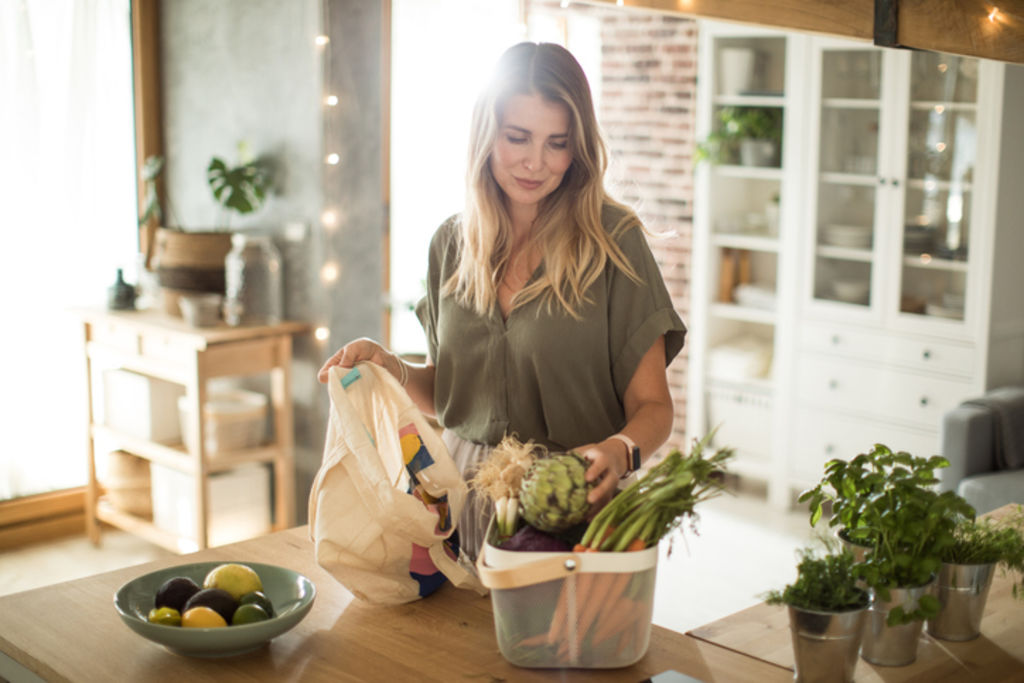
“A lot of people are also using paper bags, which isn’t necessarily all that great,” said author and sustainable design expert, Melinda Williams.
“They’re recyclable/compostable and not made from fossil fuels, which is a big step up, but they still take energy, pesticides and water to make.”
Taking reusable bags to the supermarket might be second nature, but they’re easy to forget when you’re just popping into a dairy or chemist, or shopping for clothes.
If you have a stack of reusable bags in the boot of your car, try keeping one by the driver’s seat so you always have one handy.
2. Reusable coffee cups
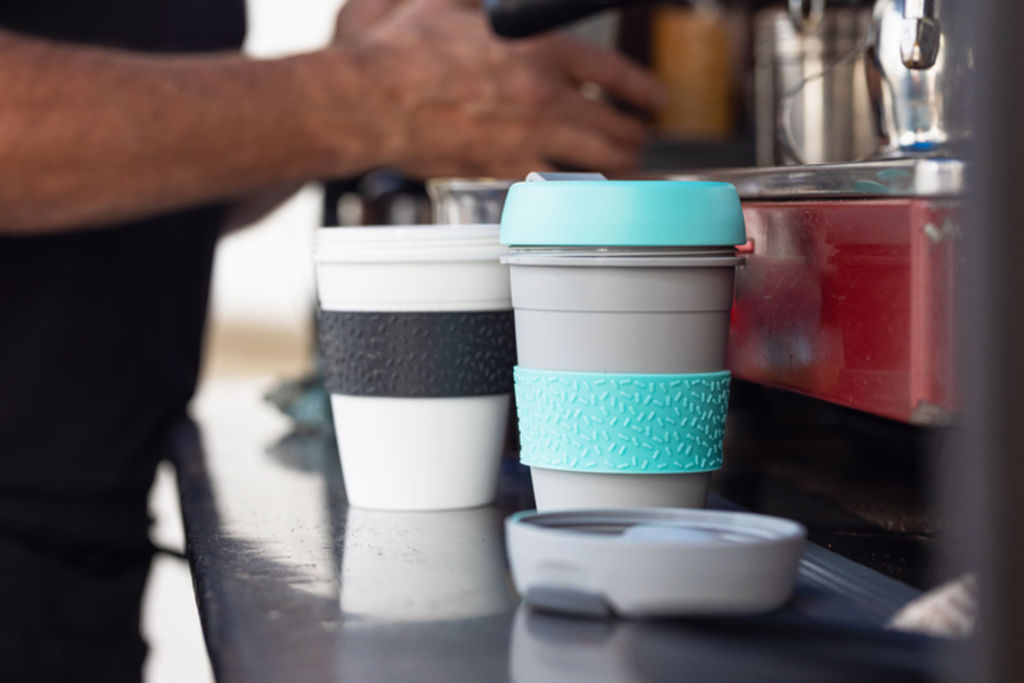
Some 295 million disposable coffee cups a year are used in New Zealand, according to Laura Cope, founder of Use Your Own Cup (UYOC) cafe directory.
More cafes now use commercially compostable cups, but a lot of these still go to landfill.
“Like reusable bags, it’s good to have more than one reusable cup – one for the office, one for the car, one for your handbag or backpack – so that you aren’t caught without one,” said Williams.
Give yourself a hard rule – no cup, no coffee.
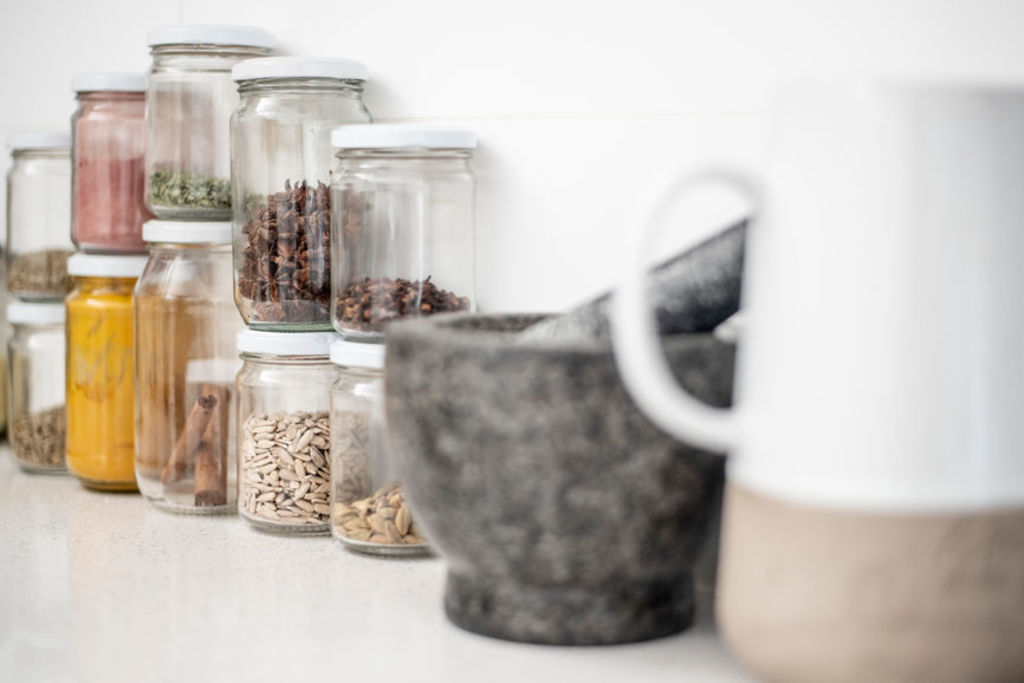
To make sure you remember your cup, put it beside your keys at night and remember to rinse it well after drinking. Don’t let it become a biohazard in your back seat!
If you do happen to forget, lots of cafes run a reusable cup scheme where you can pay a deposit on a reusable cup if you show up without one, and return it later.
“The only good reusable cup is one we use,” said Cope. “We can’t buy our way to sustainability with a cupboard full of pretty things, we have to do it.”
3. Reusable take-away containers
Most of us have probably resolved, and failed, to bring our work lunches from home in the new year, so try a new resolution for bought lunches – BYO lunch box.
Lots of takeout places are happy to support this.
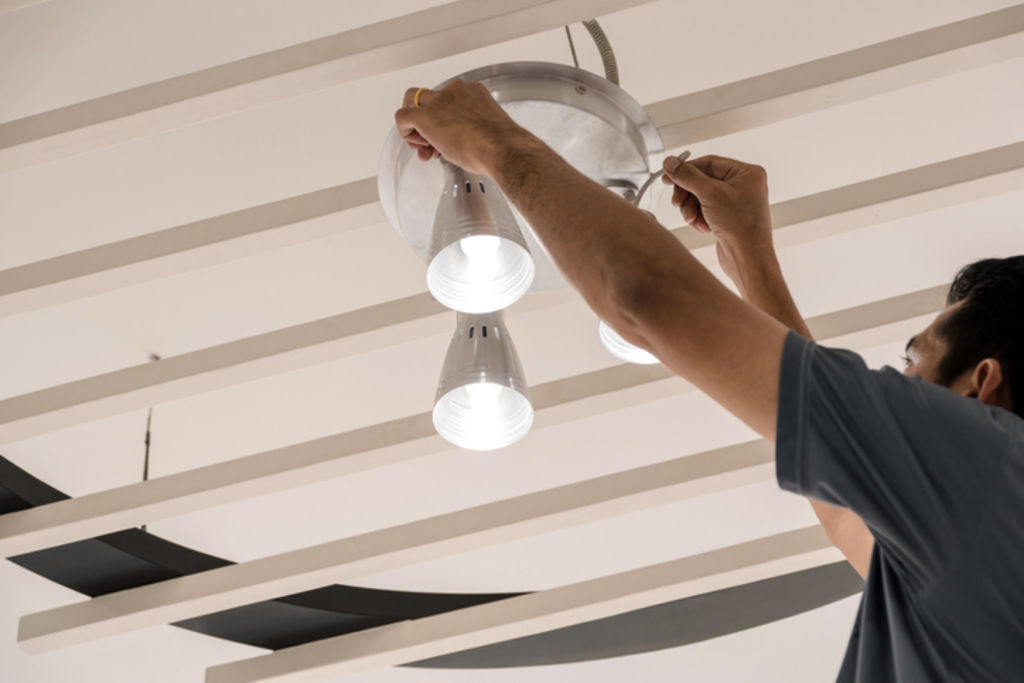
“You will probably feel like a bit of a nerd the first time you go in with your own container, but that will wear off fast,” said Williams. “You can also take your own cutlery, or borrow from the office.”
4. LED lights
Each traditional incandescent or halogen bulb replaced with an LED will reduce your energy consumption and save you about $20 per year.
Project Drawdown found LEDs to be the highest-impact carbon reducing change you can make at home, after swapping to an electric car or improving insulation.
“Both of those are big-ticket items that can be out of reach for many people,” said Williams, “but modern homes can have dozens of light fittings and when you add up the savings, it can take hundreds of dollars off your power bill.” Win win.
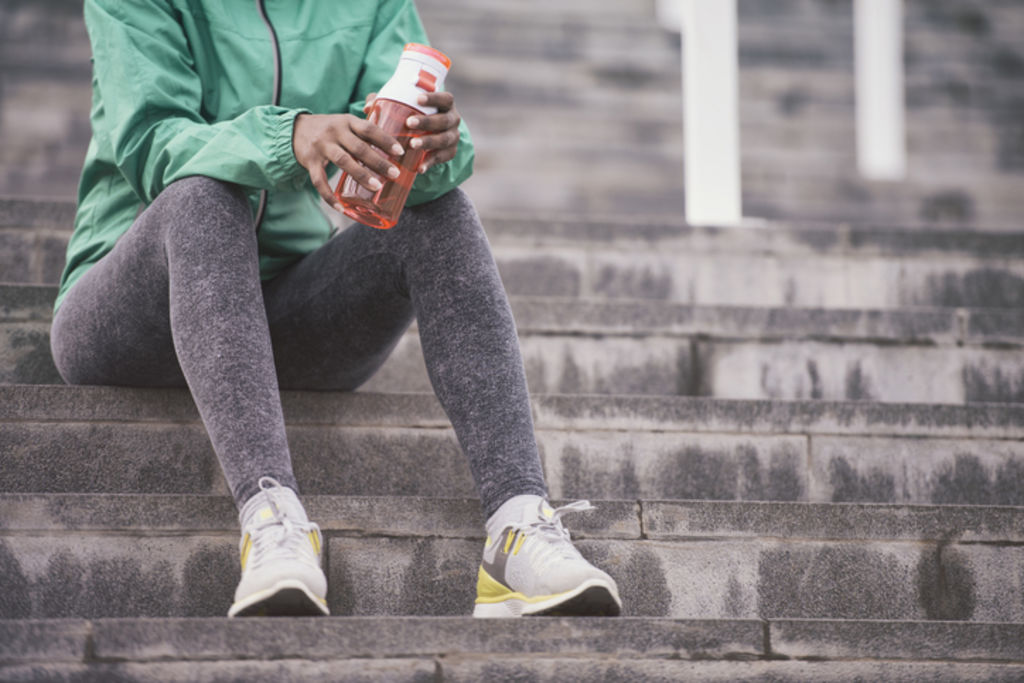
5. A Reusable water bottle
According to RefillNZ, the average person throws away 150 plastic bottles per year – bringing our annual count to a whopping 800 million.
“A stainless steel bottle that’s 100 per cent recyclable at the end of its very long life will set you back around $25-30, or the cost of about 30 or 40 disposable bottles of water,” said Williams. “You can refill it for free at the tap with water that is exactly the same as the water you’re paying for in plastic packaging.”
A lot of the disposable drink bottles being used are for soda water and juice. To take it a step further, consider getting a Sodastream, and look for recyclable glass or aluminium-packaged juices and fizzy drinks.
6.Goodbye gladwrap
Clingfilm is made from fossil fuels and is almost impossible to recycle.
To wrap lunches, beeswax wraps are a great alternative. Rather than covering food in the fridge with clingfilm, put your leftovers into a sealed container or jar – or even use a plate.
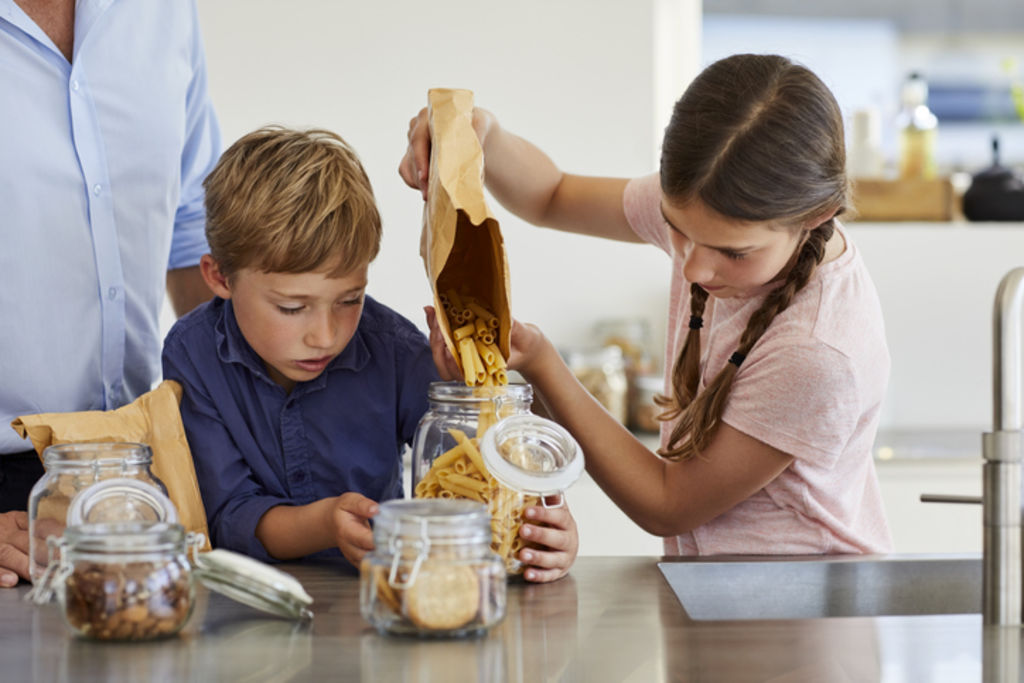
7. Jars for bulk foods and household cleaning products
You might not want, or be able, to do an entire grocery shop at a package-less store, like Bin Inn, GoodFor or Huckleberry. You could try putting everyone’s cereal in a jar, though.
“The offering of bulk foods is getting better at supermarkets, and ‘package-less’ stores have really good selections of baking ingredients, cereals, legumes, pasta, snacks, treats and even laundry and personal care products,” said Williams.
Some even offer online delivery.
8. Cotton kitchen cleaning cloths
Most kitchen sponges and wipe cloths are made from plastic, can harbour bacteria and release micro plastics into the water system. They wear out within weeks, and usually come packaged in single-use plastic.
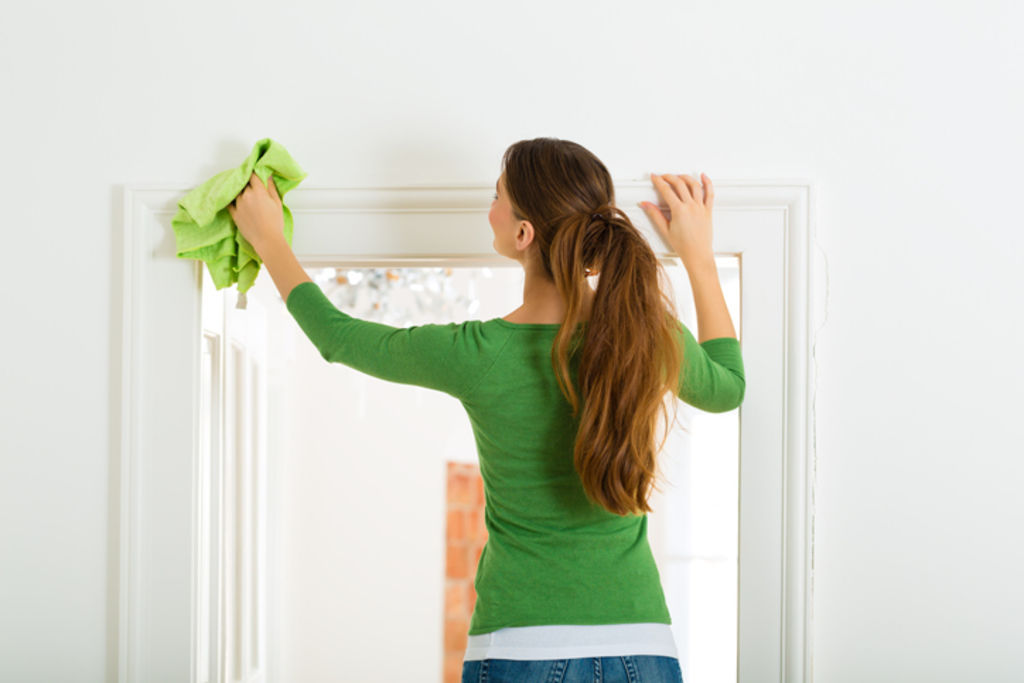
Knitted cotton cloths can be washed and reused, then composted at the end of their two-year life.
9. Eco cleaning products
Biodegradable, low-chemical products are better for water systems and many stores offer package-less refill stations for them.
“The performance of natural cleaning products has improved a lot over the past decade, so if you’re clinging to high-chemical products in the belief that they make your home cleaner, it’s time to give the new generation of eco-cleaners a try,” said Wiliams.
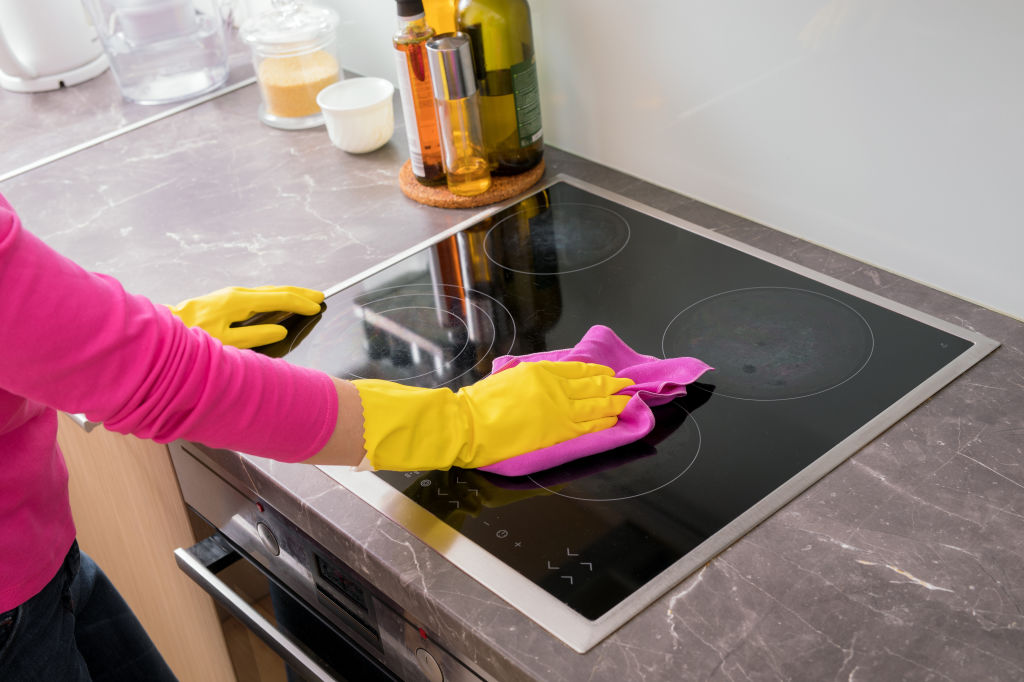
10. Reusable period products
“The average woman uses 12,000 menstrual products during her reproductive years, which tend to go straight into landfill or down toilets, where they can team up with supposedly-flushable wipes to create ‘fatbergs’ that clog drainage systems,” said Williams.
There is plenty of advice in online communities for women interested in switching to a menstrual cup. Using a menstrual cup and/or reusable period pants or liners, even for part of your period, can make a huge difference.
This article originally appeared on stuff.co.nz
Want to know about the local Real Estate market, or should you spend money on a renovation of your home before you sell, or any information about our local area, just call Matt Wineera on 0274 951 536 who is always on hand to answer your query.
Work with Matt Wineera who lists and sells in the Tauranga, Mount Maunganui and Papamoa areas.
Check out what clients have to say about Matt
Matt continually achieves great results for Home Owners through his negotiation skills and vast real estate experience, knowledge and expertise.
Matt is very passionate about real estate and loves being at the coal face.
You can also check out, follow & like Matt’s Instagram posts and Facebook page
Give Matt a call now 0274 951 536


